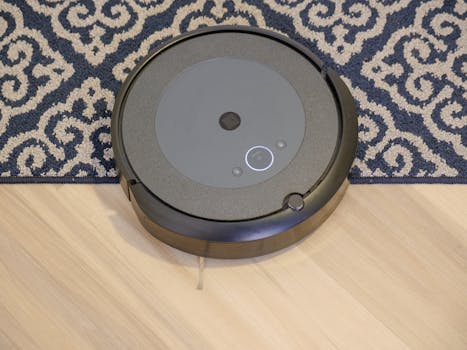
Smart Homes and Smart Living: The Technological Transformation of European Homes by 2025
Smart Homes and Smart Living are revolutionizing the way we live, work, and interact with our living spaces. The European home is undergoing a significant transformation, driven by advances in technology and changing lifestyles. By 2025, smart homes and smart living will become the norm, offering unparalleled convenience, efficiency, and sustainability.
Introduction to Smart Homes and Smart Living
Smart homes and smart living refer to the integration of technology and automation in residential settings. This includes a wide range of devices, systems, and services that can be controlled remotely, automatically, or through voice commands. From lighting and temperature control to security and entertainment, smart homes and smart living are redefining the concept of home and household.
Key Features of Smart Homes and Smart Living
- Home Automation: Control lighting, temperature, and security systems remotely or automatically.
- Energy Efficiency: Optimize energy consumption and reduce waste through smart meters and energy-harvesting technologies.
- Smart Appliances: Integrated appliances that can be controlled and monitored remotely, such as refrigerators and washing machines.
- Voice Control: Control smart devices and systems through voice commands, using virtual assistants like Alexa or Google Assistant.
- Artificial Intelligence: AI-powered systems that learn and adapt to occupants’ preferences and behaviors.
Benefits of Smart Homes and Smart Living
The benefits of smart homes and smart living are numerous and significant. Some of the most notable advantages include:
- Convenience: Control and monitor smart devices and systems from anywhere, at any time.
- Efficiency: Optimize energy consumption, reduce waste, and streamline household operations.
- Sustainability: Reduce carbon footprint and contribute to a more environmentally friendly lifestyle.
- Security: Enhance home security through advanced surveillance and monitoring systems.
- Comfort: Enjoy a more comfortable and personalized living experience, with automated lighting, temperature, and entertainment systems.
European Homes by 2025: A Vision of the Future
By 2025, European homes will be transformed into smart, sustainable, and connected living spaces. Here are some key trends and predictions:
- Widespread Adoption: Smart homes and smart living will become the norm, with over 50% of European households adopting smart home technologies.
- Energy Efficiency: European homes will prioritize energy efficiency, with a focus on renewable energy sources and energy-harvesting technologies.
- Integration and Interoperability: Smart devices and systems will be fully integrated and interoperable, enabling seamless control and monitoring.
- Artificial Intelligence: AI-powered systems will become ubiquitous, learning and adapting to occupants’ preferences and behaviors.
- Security and Privacy: Smart homes and smart living will prioritize security and privacy, with advanced encryption and surveillance systems.
Conclusion
Smart homes and smart living are revolutionizing the way we live, work, and interact with our living spaces. By 2025, European homes will be transformed into smart, sustainable, and connected living spaces, offering unparalleled convenience, efficiency, and sustainability. As technology continues to advance and evolve, we can expect even more innovative and exciting developments in the world of smart homes and smart living.






